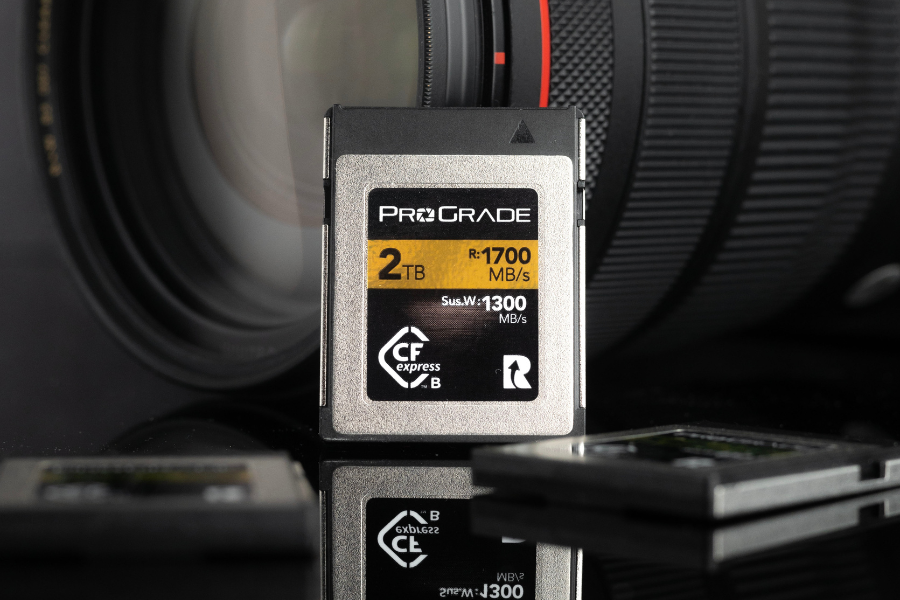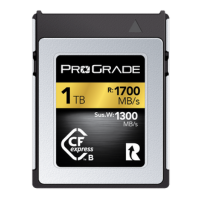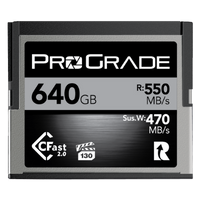In the world of professional photography and videography, storage is an essential consideration. With advancements in technology, Solid-State Drives (SSDs) and memory cards have emerged as popular storage options. In this comprehensive guide, tailored for professionals in the field, we will compare the strengths and weaknesses of SSDs and memory cards for storing images, as well as explore their suitability for shooting directly onto the storage medium. Join us as we delve into the world of storage solutions and help you make an informed decision about the best option for your specific needs.
Comparing Features: SSDs vs Memory Cards
Solid-State Drives (SSDs) are advanced storage devices that utilize flash memory technology. They are designed to store and retrieve data quickly and efficiently. Unlike traditional hard disk drives, SSDs have no moving parts. Instead, they use integrated circuits to store data electronically. This design results in faster access times, improved reliability, and enhanced durability. SSDs come in various storage capacities, ranging from a few gigabytes to several terabytes, and are available in different form factors, such as 2.5-inch drives, M.2 drives, and PCIe cards.
Memory cards, though also built on flash memory technology, all have the same form factor – small, lightweight, and rectangular-shaped. When external SSD drives require specific cords for connection, memory cards have metal contacts on the back side that establishes a connection with the device’s card slot for data transfer. That makes them compatible with a wide range of devices, including cameras, camcorders, smartphones, and tablets. Memory cards also come in different storage capacities, but they generally don’t get as lofty as SSDs.
It’s important to consider the data transfer rates of both SSDs and memory cards when choosing the right storage option for your photography and videography needs; not all SSDs and memory cards are created equal. Slow transfer speeds can significantly impact the efficiency of your workflow.
Pros and Cons: Evaluating SSDs and Memory Cards for Professionals
When it comes to durability, both SSDs and memory cards offer impressive features to protect your valuable data. memory cards, despite their small size, are designed to be highly durable. They are shockproof, X-ray proof, water-resistant, and dustproof. These qualities make them reliable storage options for professionals working in challenging shooting conditions. On the other hand, SSDs are built to withstand shocks, vibrations, and drops, making them suitable for photographers and videographers working in rugged environments.
Similarly, SSDs and memory cards provide fast performance, ensuring smooth data handling for professional workflows. Both offer exceptional read and write speeds, enabling quick data transfer and efficient post-production processes. They are capable of handling large file sizes, making them ideal for professionals working with high-resolution images and demanding video formats. ProGrade Digital memory cards deliver sufficient headroom for bursting RAW images and capturing high-bitrate 4K videos. So, memory cards and SSDs can be considered equal in many ways. Probably the most notable differences are in three areas – portability, capacity, and cost.
1. Capacity
SSDs offer higher storage capacities, ranging from several hundred gigabytes to multiple terabytes. This makes them suitable for professionals requiring extensive storage for their large media libraries. On the other hand, memory cards have somewhat lower storage capacities, ranging typically between 64GB to 1TB although capacities of these cards do keep getting larger.
2. Portability and Convenience
When considering storage options for professional photographers and videographers, the portability and convenience of the device can play a significant role. It’s common practice to initially capture images or footage on a memory card inserted directly into the camera. This eliminates the need for any external cables or custom rigs, making memory cards highly portable and user-friendly, particularly for professionals who value mobility and ease of use.
However, the conversation extends to how these files are stored in the long-term. After capturing, the images or footage are typically transferred to a more durable and larger-capacity storage solution like an SSD for editing and archiving purposes. This involves connecting the SSD to your system via external cables, which could potentially add an extra step to your workflow compared to retaining the files on the memory card. Despite this, the superior performance and durability of SSDs often justify this extra step, especially for large volumes of high-resolution files.
Hence, both memory cards and SSDs have their place in a professional’s workflow. While memory cards excel in the capture phase with their direct camera compatibility and portability, SSDs take the lead in long-term storage with their higher capacities and faster transfer speeds. It’s all about choosing the right tool for the right job.
3. Cost
Price is a significant consideration for professional photographers and videographers when choosing their storage devices. SSDs often come with a heftier price tag, particularly for greater storage sizes. Despite their superior performance and enhanced durability, their cost could be a potential hurdle for professionals operating within a budget. Conversely, memory cards serve as an economical storage solution, available in a broad spectrum of capacities to accommodate different budget restrictions. These cards offer commendable value for money without sacrificing reliability, making them a favored choice for professionals seeking budget-friendly yet dependable storage alternatives.
In the Field: Real-World Scenarios for SSDs and Memory Cards
Wildlife Photography: When embarking on wildlife photography adventures, photographers need storage options that offer both portability and durability. Memory cards are particularly well-suited for this scenario due to their compact form factor, which seamlessly integrates with lightweight camera setups. Moreover, memory cards are engineered to withstand rugged conditions, making them highly durable, shockproof, X-ray proof, and resistant to water and dust. These robust features provide photographers with peace of mind, ensuring the safety of their valuable data even in challenging environments.
Sports and Action Photography: Sports photography demands the ability to capture fast-paced action moments with uninterrupted shooting capabilities. This is again where memory cards become a preferred storage option. With their excellent read and write speeds, memory cards enable photographers to capture continuous burst shots without experiencing any lag and without making their setup bulkier. For sports photographers who strive to freeze thrilling moments in time, memory cards offer the speed and performance required to deliver outstanding results.
Documentary Filmmaking: In the realm of documentary filmmaking, ones filled with interviews and where you don’t find yourself constantly in dynamic and unpredictable environments, SSDs may be the favored choice. No need to transfer data makes your footage readily accessible for editing and post-production.
Wedding Photography: Weddings are memorable occasions filled with precious moments that photographers aim to capture flawlessly. Memory cards are widely used in this scenario due to their convenience and user-friendly nature. Memory cards offer sufficient speed for capturing high-quality images and videos during weddings, ensuring that no moment is missed. The ease of use and compatibility of memory cards make them an ideal choice for wedding photographers who require a reliable and hassle-free storage solution.
Top Picks: SSD and Memory Card Recommendations for Professionals
When considering SSD recommendations for professional photographers and videographers, a few important factors come into play. Firstly, the nature of your work and the capacity you require should guide your choice. Whether you’re capturing high-resolution stills or filming in 4K, your storage needs can vary significantly.
Additionally, it’s important to recognize that not all SSDs offer the same performance. There can be considerable differences in read and write speeds, which can impact how quickly you can transfer your files and get back to shooting. Therefore, it’s crucial to familiarize yourself with the specifications of the SSD you’re considering before making a purchase. By taking these factors into account, you can ensure you select an SSD that suits your professional needs and delivers the performance you expect.
ProGrade Digital memory cards are highly regarded options for professional photographers and videographers. With their impressive read and write speeds and wide range of capacities, these cards provide reliable performance for capturing high-quality images and videos, ensuring seamless handling of data-intensive tasks.
Conclusion: Choosing Between SSD and Memory Cards for Your Professional Needs
In conclusion, the world of professional photography and videography is filled with endless possibilities, and the choice between SSDs and memory cards is an opportunity to unlock your creative potential. Whether you opt for the expansive capacities of SSDs or the convenience and durability of memory cards, remember that the right storage solution can empower you to push the boundaries of your craft. Embrace the excitement of capturing breathtaking moments, preserving memories, and unleashing your artistic vision. Choose wisely, and let your storage device become a trusted companion on your journey to professional excellence.





